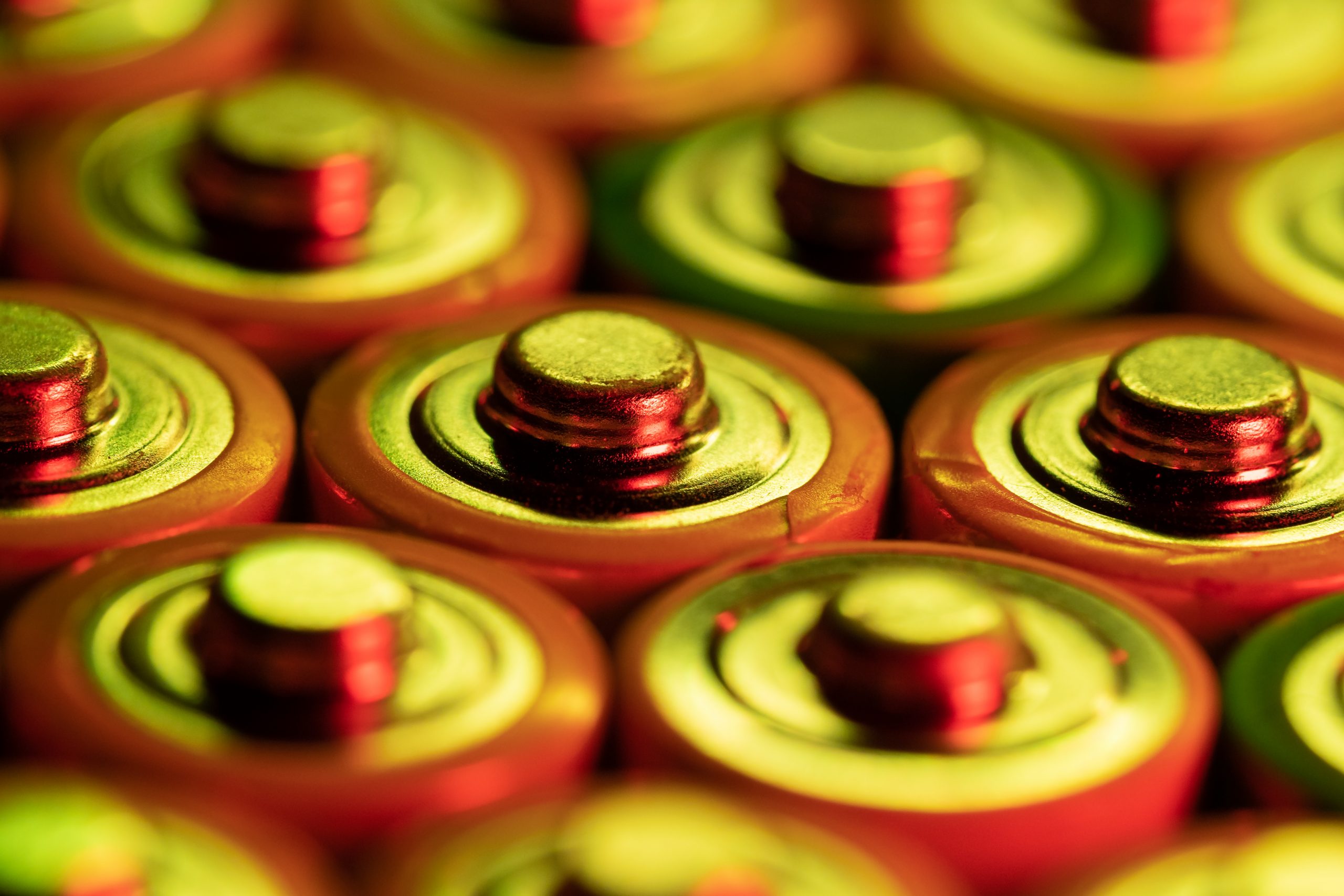3. The Fire Triangle: Understanding the Elements of Combustion
To comprehend the science of fire suppression, it is crucial to grasp the fundamental elements that sustain combustion. These elements are often referred to as the fire triangle, consisting of heat, fuel, and oxygen. Understanding the dynamics of the fire triangle is essential for effective fire prevention and suppression strategies. Let’s explore each element in detail:
1. Heat:
Heat serves as the initial ignition source that raises the temperature of the fuel to its ignition point. Heat can be generated through various sources, such as open flames, sparks, electrical malfunctions, or chemical reactions. Once the heat exceeds the ignition point of the fuel, it initiates the fire.
2. Fuel:
Fuel refers to any material that can sustain combustion. It can be solid, liquid, or gas. Common examples of fuel include wood, paper, flammable liquids, gases, or electrical equipment. The type and characteristics of the fuel play a significant role in determining the intensity and behavior of the fire.
3. Oxygen:
Oxygen is an essential element for the combustion process. It supports the chemical reaction between the fuel and heat, enabling the fire to burn. In most cases, ambient air provides the necessary oxygen for combustion. The availability and concentration of oxygen influence the rate at which the fire spreads and the intensity it reaches.
The fire triangle illustrates the interdependence of these three elements. To sustain a fire, all three components must be present simultaneously. Removing or interrupting any one of these elements can prevent or extinguish a fire.
Fire suppression systems and strategies aim to disrupt the fire triangle by employing different approaches. For example:
– Cooling: By applying water or other cooling agents such as Novec 1230 that chemically reacts to reduce the heat, heat is reduced below the fuel’s ignition temperature, inhibiting the fire’s ability to sustain itself.
– Smothering: Some fire suppression agents, such as foam or chemical powders, create a barrier between the fuel and oxygen, effectively smothering the fire and preventing its access to the necessary oxygen.
– Oxygen Reduction: Certain clean agents or inert gases displace oxygen from the fire environment, reducing its concentration to a level where combustion cannot be sustained.
Understanding the fire triangle allows individuals and fire suppression professionals to identify potential fire hazards, assess risks, and develop effective prevention and suppression strategies. By addressing one or more elements of the fire triangle, the risk of fire incidents can be significantly reduced.
In the next section, we will explore how fire suppression systems work, providing insights into the process of detecting and suppressing fires to mitigate their impact. Join us as we continue our exploration of fire suppression and its vital role in protecting lives and property.
To go back and read again 2. Fire Suppression Defined: What It Means and Why It Matters or forward to 3. The Fire Triangle: Understanding the Elements of Combustion now.
If you have any queries please contact us now!







